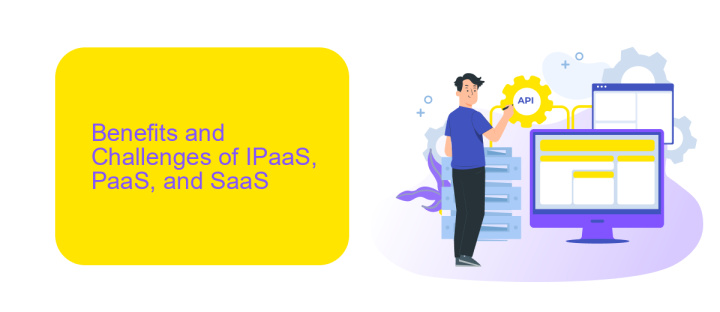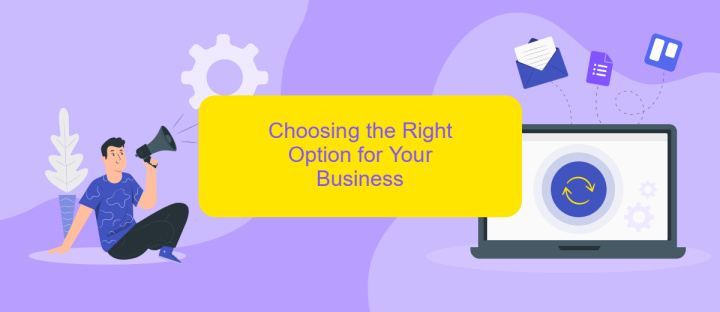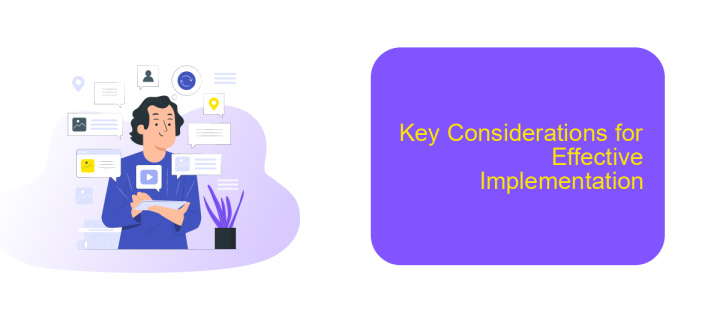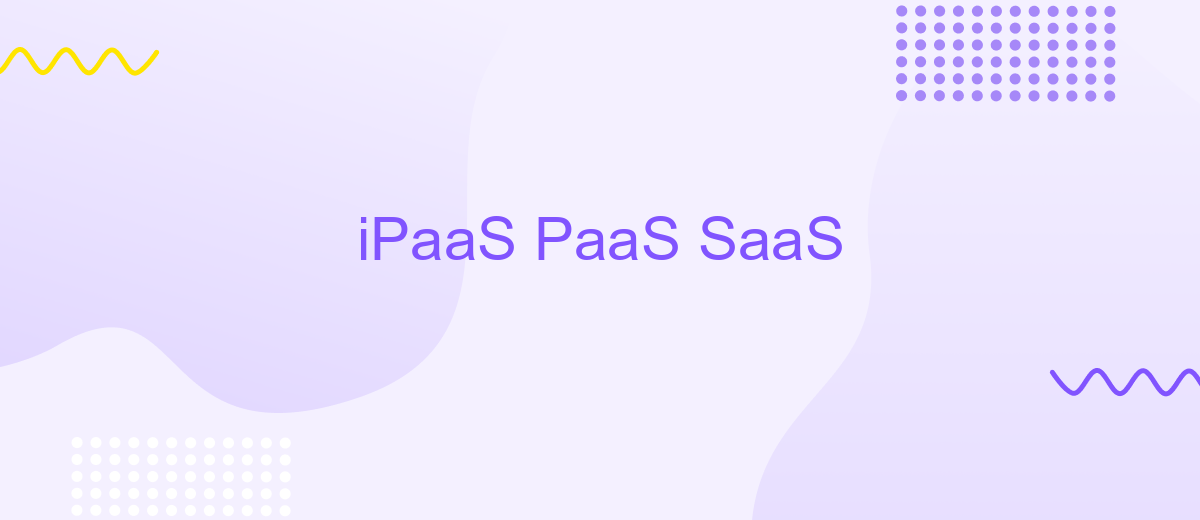iPaaS PaaS SaaS
In today's rapidly evolving digital landscape, businesses are increasingly turning to cloud-based solutions to streamline operations and enhance flexibility. This article explores three key service models—Integration Platform as a Service (iPaaS), Platform as a Service (PaaS), and Software as a Service (SaaS)—highlighting their unique features, benefits, and how they can transform your organization's IT infrastructure.
Definition and Key Differences
iPaaS (Integration Platform as a Service), PaaS (Platform as a Service), and SaaS (Software as a Service) are three distinct cloud service models that cater to different business needs. iPaaS focuses on integrating various applications and services, making it easier to manage data flows and automate processes. PaaS provides a platform for developers to build, deploy, and manage applications without worrying about the underlying infrastructure. SaaS delivers software applications over the internet, eliminating the need for local installation and maintenance.
- iPaaS: Integration of multiple services and applications.
- PaaS: Development and deployment platform for applications.
- SaaS: Software delivery over the internet.
Understanding the key differences between these models is crucial for businesses to make informed decisions. For instance, iPaaS solutions like ApiX-Drive enable seamless integration of various cloud and on-premise applications, enhancing workflow automation. PaaS is ideal for developers looking to focus on coding rather than infrastructure management. SaaS offers ready-to-use applications, making it perfect for end-users seeking convenience and cost-efficiency.
Benefits and Challenges of IPaaS, PaaS, and SaaS

IPaaS (Integration Platform as a Service) offers significant benefits such as streamlined integration processes, reduced operational costs, and enhanced scalability. Tools like ApiX-Drive simplify the integration of various applications, making it easier for businesses to automate workflows and synchronize data across platforms. However, challenges include potential data security risks and the need for continuous monitoring to ensure seamless integrations.
PaaS (Platform as a Service) provides a robust environment for developers to build, deploy, and manage applications without worrying about underlying infrastructure. This leads to faster development cycles and reduced complexity. Nevertheless, challenges such as vendor lock-in and limited control over the infrastructure can pose significant hurdles. SaaS (Software as a Service) offers easy access to software applications over the internet, reducing the need for extensive IT management. While it provides cost-effectiveness and scalability, challenges like data privacy concerns and dependency on internet connectivity must be addressed.
Choosing the Right Option for Your Business

Choosing the right option between iPaaS, PaaS, and SaaS depends on your business needs and goals. Each model offers unique benefits and caters to different aspects of your operations. Here are some key considerations to help you decide:
- Evaluate Your Integration Needs: If your business requires seamless integration between various applications, iPaaS (Integration Platform as a Service) is ideal. Services like ApiX-Drive can facilitate these integrations efficiently.
- Assess Development Requirements: If you need a platform to develop, run, and manage applications without dealing with underlying infrastructure, opt for PaaS (Platform as a Service).
- Consider Software Needs: For businesses that need ready-to-use software solutions without the hassle of maintenance, SaaS (Software as a Service) is the best choice.
Ultimately, the right choice will depend on your specific business requirements, technical capabilities, and long-term goals. Carefully assess each option to ensure it aligns with your strategic objectives and operational needs.
Key Considerations for Effective Implementation

When implementing iPaaS, PaaS, or SaaS solutions, it’s crucial to consider several key factors to ensure success. The first step is to clearly define your business goals and how these platforms will help achieve them. This ensures alignment between technology and business objectives.
Another important consideration is the integration capabilities of the chosen platform. Seamless integration with existing systems is essential for smooth operations. Using services like ApiX-Drive can simplify this process by offering automated data transfer and integration solutions, reducing the need for manual intervention.
- Assess the scalability of the platform to accommodate future growth.
- Evaluate the security measures in place to protect sensitive data.
- Consider the total cost of ownership, including hidden costs.
- Ensure robust support and documentation are available.
Finally, involve key stakeholders from the beginning to gain their insights and buy-in. This collaborative approach can help identify potential issues early and foster a smoother implementation process. By paying attention to these considerations, you can maximize the benefits of iPaaS, PaaS, and SaaS solutions for your organization.
Future Trends and the Evolving Landscape
As technology continues to advance, the landscape of iPaaS, PaaS, and SaaS is rapidly evolving. Organizations are increasingly seeking seamless integration solutions to streamline their operations and enhance productivity. This trend is driving the development of more sophisticated integration platforms like ApiX-Drive, which offers a user-friendly interface for connecting various applications without the need for coding expertise. Such platforms are expected to become integral as businesses aim to reduce complexity and improve efficiency.
Moreover, the future will likely see a greater emphasis on AI and machine learning within these platforms, enabling more intelligent automation and predictive analytics. Security and compliance will also remain critical, prompting providers to enhance their offerings to meet stringent regulations. As a result, businesses can expect more robust, secure, and intelligent solutions that not only simplify integration but also add significant value to their operations. The convergence of these technologies promises a dynamic and innovative future for iPaaS, PaaS, and SaaS ecosystems.
- Automate the work of an online store or landing
- Empower through integration
- Don't spend money on programmers and integrators
- Save time by automating routine tasks
FAQ
What is iPaaS?
What is the difference between SaaS and PaaS?
How does iPaaS benefit businesses?
Can iPaaS be used for automating workflows?
What are some common use cases for iPaaS?
Strive to take your business to the next level, achieve your goals faster and more efficiently? Apix-Drive is your reliable assistant for these tasks. An online service and application connector will help you automate key business processes and get rid of the routine. You and your employees will free up time for important core tasks. Try Apix-Drive features for free to see the effectiveness of the online connector for yourself.


